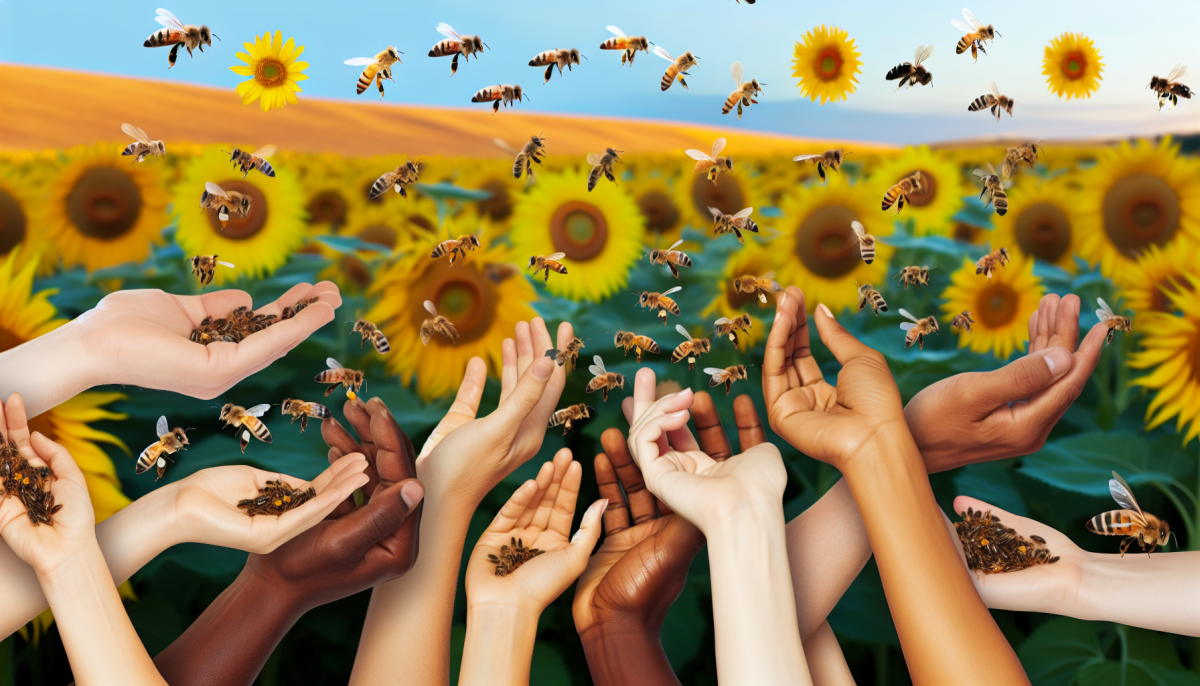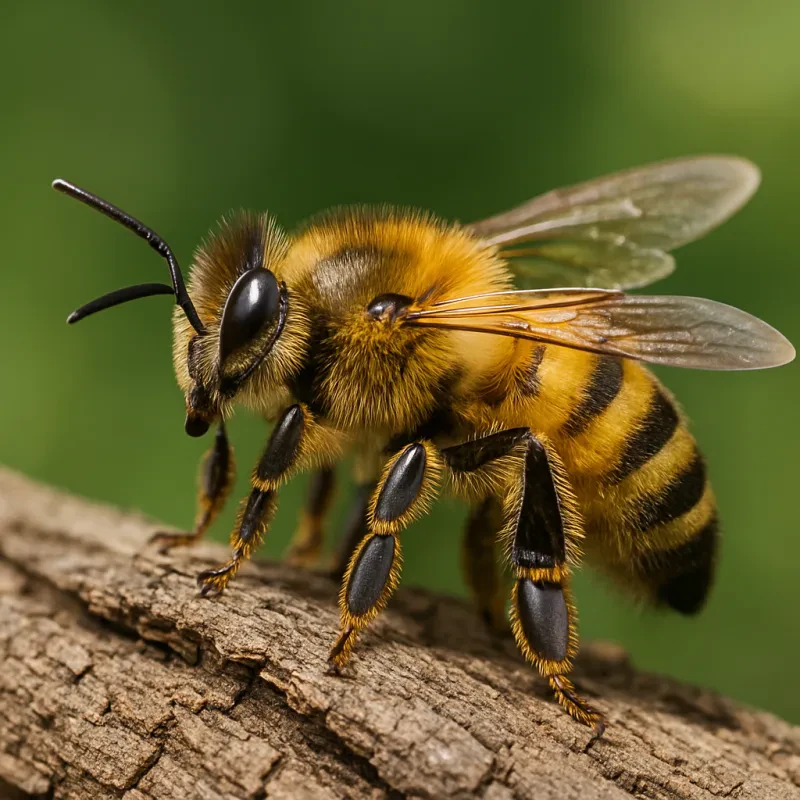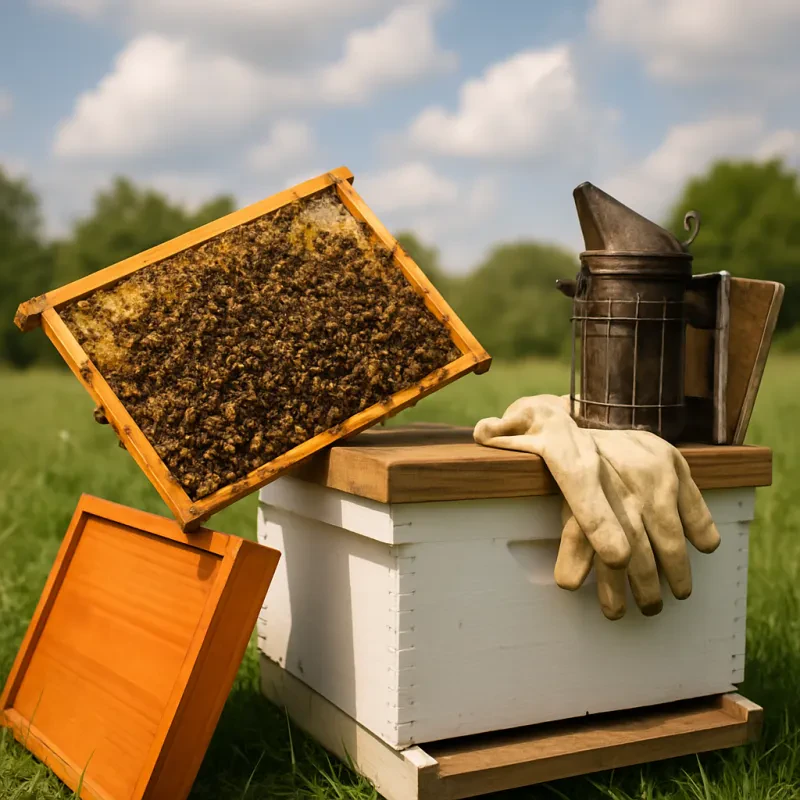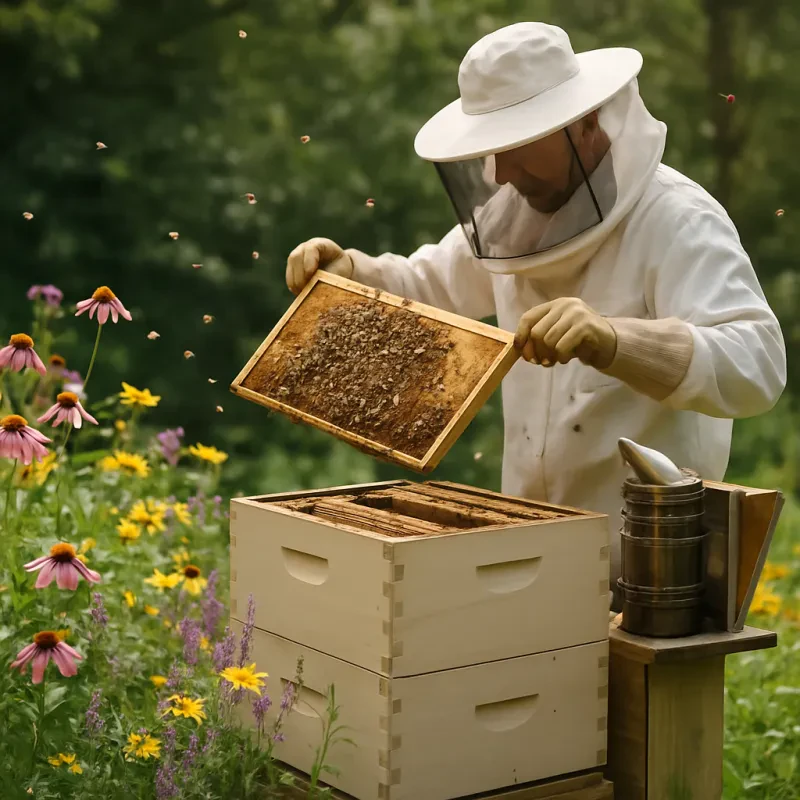Bees, especially honey bees, play a huge role in keeping our ecosystem healthy. They’re not just buzzing around for fun; they’re hard at work pollinating plants, which is essential for growing fruits, vegetables, and nuts. In fact, it’s estimated that one in every three bites of food we eat depends on bees for pollination. Without them, our plates would look pretty empty!
But it’s not just our food they help with. Bees support the growth of flowers and plants that many animals depend on for shelter and food. This means that when honey bees thrive, they help entire ecosystems thrive too. Their work keeps the cycle of life going and supports biodiversity, which is super important for a balanced environment.
When we talk about honey bee rescue, we’re not just thinking about saving bees; we're also thinking about safeguarding our environment. Helping bees means protecting the health of our planet. Simple actions like planting bee-friendly flowers or reducing pesticide use can make a big difference. Every little bit helps not just the bees but also the overall well-being of nature.
Educating ourselves and others about the importance of bees is key. By raising awareness about their struggles and how we can support them, we’re taking positive steps toward ensuring a healthy ecosystem for future generations. So, when you think of honey bee rescue, remember it’s all about creating a world where both bees and people can thrive together.
How Honey Bee Rescue Works
The process usually starts with a call from someone who has spotted a swarm or a colony. First, trained beekeepers assess the situation. They take a good look to see if the bees can be safely removed without harming them or themselves. This step is super important because bees are essential for our environment!
Once they’ve determined it’s safe, the beekeepers act quickly. They’ll use special gear to protect themselves and get to work. They might use a vacuum, a bee box, or even a simple jar to gently collect the bees. After the bees are gathered, they’re transported to a new home where they can thrive and continue their important work pollinating plants.
After the rescue, keepers often share some bee-friendly tips. This helps people learn how to coexist peacefully with these buzzing buddies. And by promoting honey bee rescue efforts, everyone gets a chance to support these vital creatures while keeping their own homes safe!
Ways You Can Help Bees
Helping bees doesn’t have to be complicated, and every little action counts! You can start right in your backyard or community. Here are some simple ways you can lend a hand in the mission of honey bee rescue.
Plant Bee-Friendly Flowers
Avoid Pesticides
Create a Bee Bath
Each step you take helps promote honey bee rescue efforts. Whether it's planting flowers, ditching the chemicals, or providing water for our buzzing friends, your contributions are vital to keeping bees healthy and thriving!
Fun Facts About Honey Bees
Honey bees are truly fascinating creatures! Did you know they have been buzzing around for over 100 million years? Their role in our ecosystem is vital, and they’ve become essential for many of our favorite foods. Without honey bees, we would miss out on a lot of delicious fruits, vegetables, and nuts.
One fun fact about honey bees is that they communicate with each other through a unique dance! When a worker bee finds a good source of nectar, she does a special wiggle dance that tells the other bees where to go. The more excited she gets about the find, the more intense her dance becomes. It’s a sweet way for them to share important information!
Did you know that a single honey bee will only produce about 1/12th of a teaspoon of honey in her entire lifetime? That's pretty incredible, considering how much we love honey! It takes a whole colony of bees working together to create the delicious honey we enjoy. This teamwork is one of the reasons why honey bee rescue efforts are so important—they help keep these amazing pollinators thriving.
In addition to their honey-making skills, honey bees are also super social. They live in hives that can contain up to 80,000 bees! Each bee has its special job, whether it’s foraging for food, caring for the young, or protecting the hive. When we support honey bee rescue programs, we’re helping to ensure these vital insects continue to work together and pollinate our gardens and farms.



